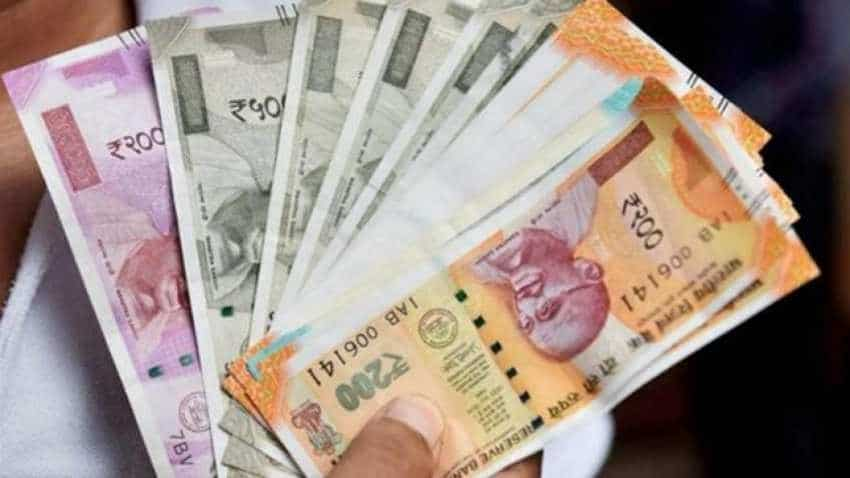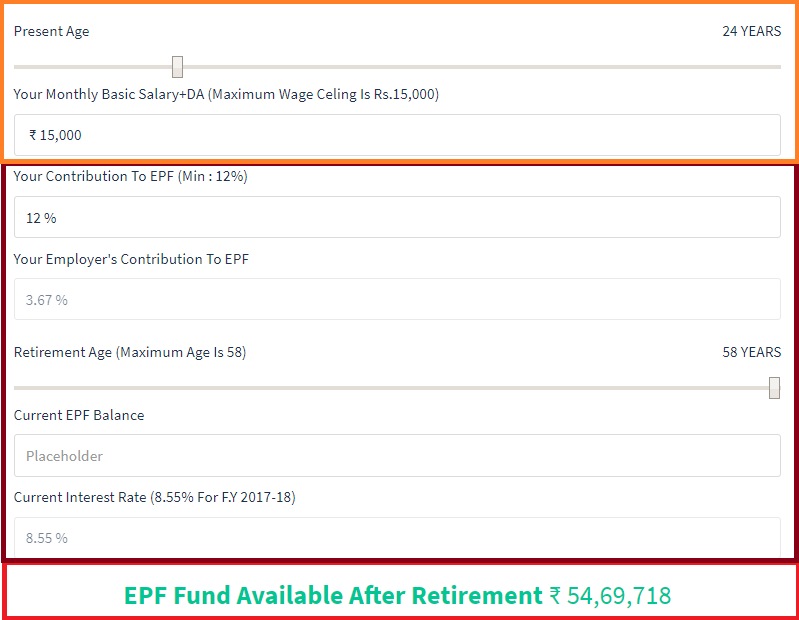Employee Provident Fund: EPFO unlikely to change rate - Know how much money you will take home on retirement
Both, government and private employees are liable to give some portion of their monthly salary in EPF as their retirement investment. When an employee is retired, they get an fixed income for their service.

In a latest development, it has been reported that Employees’ Provident Fund Organisation (EPFO) may keep the interest rate on EPF unchanged at at 8.55%. EPFO is a controller and rate decider for employees provident fund (EPF) which is a retirement scheme for salaried employees. Both, government and private employees are liable to give some portion of their monthly salary in EPF as their retirement investment. When an employee is retired, they get an fixed income for their service. EPF is among the traditional investment options for employees.
According to Economic Times report, the government is likely to retain the provident fund interest rate at 8.55% despite the decline in interest rates, benefitting over 60 million subscribers.
Reportedly, the Central Board of Trustees (CBT) of EPFO will meet on Thursday to consider the return for the current year besides an increase in the minimum pension for subscribers.
Prabhakar Banasure, a CBT member was quoted saying in the report, "There is an FIAC (finance, investment and audit committee) meet just before the CBT meet on Thursday in which we will get a clear picture on the accounts of EPFO and the rate of interest that can be offered. But we hope it will be retained at the existing level."
Currently, an employee is asked to contribute 12% of their basic salary plus dearness allowance in EPF. There is also 10% contribution levied for employees falling under below mentioned categories:
- Any establishment in which less than 20 employees are employed.
- Any sick industrial company and which has been declared as such by the Board for Industrial and Financial Reconstruction.
- Any establishment which has at the end of any financial year, accumulated losses equal to or exceeding its entire net worth.
- Any establishment in following industries - (a) Jute (b) Beedi (c) Brick (d) Coir and (e) Guar gum Factories.
On the other hand, an employer contributes only 3.67% towards EPF, while remaining 8.33% is added in your employee pension scheme. It needs to be noted that, reportedly, CBT is looking to propose hike in pension limit to Rs 2,000 from existing Rs 1,000 with restrictions on withdrawal before retirement.
Contribution is rounded to the nearest rupee for each employee, for the employee share, pension contribution and EDLI contribution. The Employer Share is difference of the EE Share (payable as per statute) and Pension Contribution. Notably, contributions are payable on maximum wage ceiling of Rs 15,000. However, the employee can pay at a higher rate and in such case employer is not under any obligation to pay at such higher rate.
Let’s calculate your gains at 8.55% on retirement from EPF:
At the age of 24, your monthly basic salary plus dearness allowance stands at Rs 15,000 - from which you contribute 12%. Meanwhile, your employer contributes 3.67%. You have taken the retirement age of 58 years. Then post retirement, you will take home a massive over Rs 54.69 lakh.

(Image Source: ClearTax Calculator)
Take note, the more early age you start working, the higher will be your EPF gains on retirement.
The higher your basic salary, the higher will be your EPF gains. And take note, the EPFO does allow higher salary class to avail benefits of EPFO. To pay contribution on higher wages, a joint request from Employee and employer is required.
Your employer’s contribution in your EPF is tax-free, however, your contribution is tax-deductible under section 80 of Income Tax Act. This section allows you to claim about Rs 1.5 lakh tax exemption from your gains. However, there are few tax deducted at source (TDS) on the interest your earn on EPF investment.
If you have withdrawn over Rs 50,000 before completion of 5 years, then now TDS is applicable. However, if less than Rs 50,000 is withdrawn before 5 years of completion, then a TDS of 10% is furnished.
There are no TDS levied on withdrawal after 5 years, or transfer of PF account.
Get Latest Business News, Stock Market Updates and Videos; Check your tax outgo through Income Tax Calculator and save money through our Personal Finance coverage. Check Business Breaking News Live on Zee Business Twitter and Facebook. Subscribe on YouTube.
RECOMMENDED STORIES
02:05 PM IST











 EPFO extends deadline for employers to upload pending pension applications until January 31, 2025
EPFO extends deadline for employers to upload pending pension applications until January 31, 2025 Does an employer stop EPF contributions if the employee becomes a senior citizen?
Does an employer stop EPF contributions if the employee becomes a senior citizen? Employees Provident Fund: All you need to know about login, EPF balance, interest rate and other details
Employees Provident Fund: All you need to know about login, EPF balance, interest rate and other details EPFO: PF amount displayed in salary slip didn't reach your PF account; here’s what you can do
EPFO: PF amount displayed in salary slip didn't reach your PF account; here’s what you can do Employee Provident Fund vs Public Provident Fund: EPF or PPF - where can investors earn higher interest rate?
Employee Provident Fund vs Public Provident Fund: EPF or PPF - where can investors earn higher interest rate?